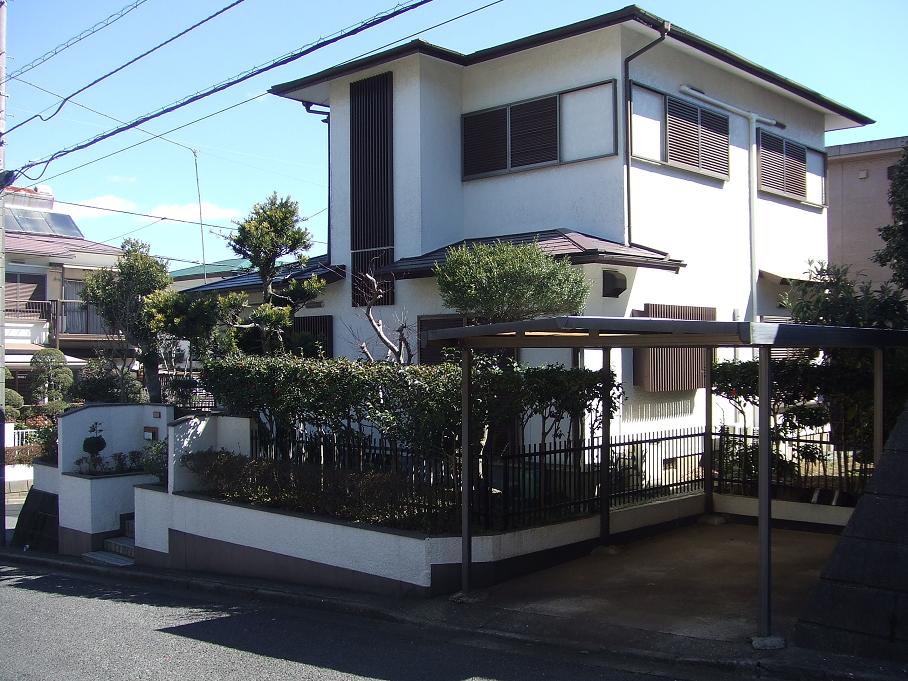Field diary: Nishi Shiroi
 At ¥17.8 million it wasn’t a house we could afford, but we’d been to the city of Shiroi in Chiba Prefecture a number of times–it’s only a few stations from our own–and found its surburban ambience more appealing than most; and the photographs posted on the realtor’s website made it look attractive, at least from the outside: lots of green and the property adjoined a wide promenade on its eastern side. The fact that there were no photos of the interior of the house should have told us something.
At ¥17.8 million it wasn’t a house we could afford, but we’d been to the city of Shiroi in Chiba Prefecture a number of times–it’s only a few stations from our own–and found its surburban ambience more appealing than most; and the photographs posted on the realtor’s website made it look attractive, at least from the outside: lots of green and the property adjoined a wide promenade on its eastern side. The fact that there were no photos of the interior of the house should have told us something.
 We got lost on the way and called the agent by phone. He picked us up not far from the property and seemed genuinely shocked that we would actually walk the 17 minutes from the station. The shock was compounded when we told him we didn’t own a car. Even more garrulous than the usual salesmen he was open to our questions, even as they became bitter after we discovered just what a dump the place was. Built in the early 90s, the house looked as if it had never been taken care of at all. The laminate floors were dull and scuffed, the wallpaper brown with mildew. The layout wasn’t bad. All the rooms opened up on one another in a way that was well-thought out and provided a lot of light; or, at least, as much light as could be expected given that there was little space between neighboring houses to the south and the north. The kitchen was the best part. It was large and featured a corner counter with an accompanying corner window. Unfortunately, the view from the window was dominated by the neighbor’s ugly makeshift backyard shed, one of the most common blights of suburban living in Japan. The promenade that made an impression in the photos wasn’t quite as wide as we thought, but at least it afforded space to the east. Nevertheless, the kitchen would need to be completely redone. There was also a “workshop” in back of the kitchen that was filled with garbage. Read More
We got lost on the way and called the agent by phone. He picked us up not far from the property and seemed genuinely shocked that we would actually walk the 17 minutes from the station. The shock was compounded when we told him we didn’t own a car. Even more garrulous than the usual salesmen he was open to our questions, even as they became bitter after we discovered just what a dump the place was. Built in the early 90s, the house looked as if it had never been taken care of at all. The laminate floors were dull and scuffed, the wallpaper brown with mildew. The layout wasn’t bad. All the rooms opened up on one another in a way that was well-thought out and provided a lot of light; or, at least, as much light as could be expected given that there was little space between neighboring houses to the south and the north. The kitchen was the best part. It was large and featured a corner counter with an accompanying corner window. Unfortunately, the view from the window was dominated by the neighbor’s ugly makeshift backyard shed, one of the most common blights of suburban living in Japan. The promenade that made an impression in the photos wasn’t quite as wide as we thought, but at least it afforded space to the east. Nevertheless, the kitchen would need to be completely redone. There was also a “workshop” in back of the kitchen that was filled with garbage. Read More




